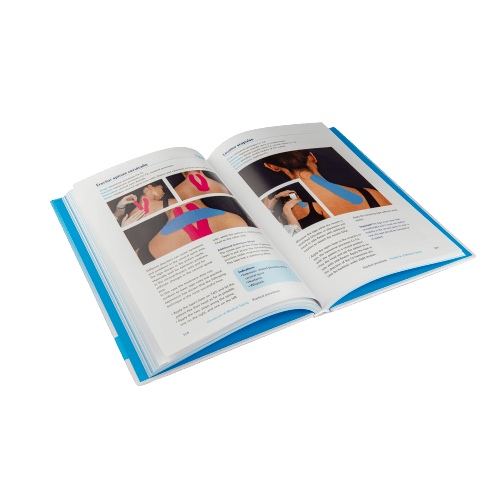Common postural abnormalities include forward slumping shoulders (protraction) and hunched shoulders (elevation). Elevated shoulders often result from stress, tension, or repetitive movements, such as prolonged computer use. This can strain the levator scapulae muscle, causing discomfort.
With protraction, the shoulders are positioned forward, which can directly cause issues like subacromial impingement. Young people, especially due to the advent of tablets, game consoles, and smartphones, often develop a protraction position. This position can lead to painful complaints caused by tissues (bone, muscle, tendon, bursa, capsule, etc.) becoming trapped in the shoulder.
Get started with these items to tape a deviant sholder position
-
CureTape® Classic Kinesiology Tape
Bestseller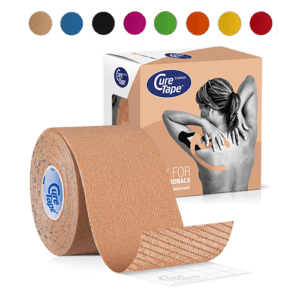 $19.95
In stockSelect options This product has multiple variants. The options may be chosen on the product page
$19.95
In stockSelect options This product has multiple variants. The options may be chosen on the product page -
CureTape® Sports Extra Sticky Kinesiology Tape
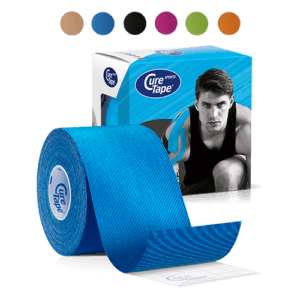 $21.95
In stockSelect options This product has multiple variants. The options may be chosen on the product page
$21.95
In stockSelect options This product has multiple variants. The options may be chosen on the product page -
CureTape® Art Printed Kinesiology Tape
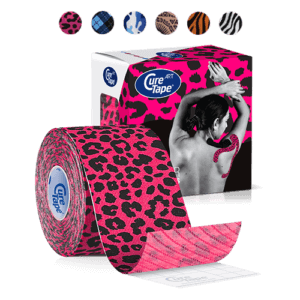 $21.95
In stockSelect options This product has multiple variants. The options may be chosen on the product page
$21.95
In stockSelect options This product has multiple variants. The options may be chosen on the product page -
Standard scissors
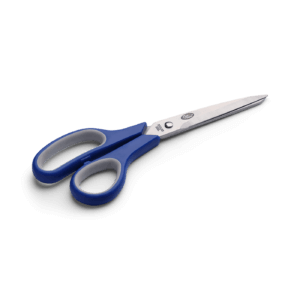 $14.95
In stockAdd to cart
$14.95
In stockAdd to cart
How do you tape a shoulder instability?
Step 1

Apply the base without stretching to the coracoid process and bring the shoulder into the correct position. The coracoid process is positioned at the front of the shoulder, beneath the clavicle (collarbone), and plays a crucial role in the function of the shoulder joint.
Step 2
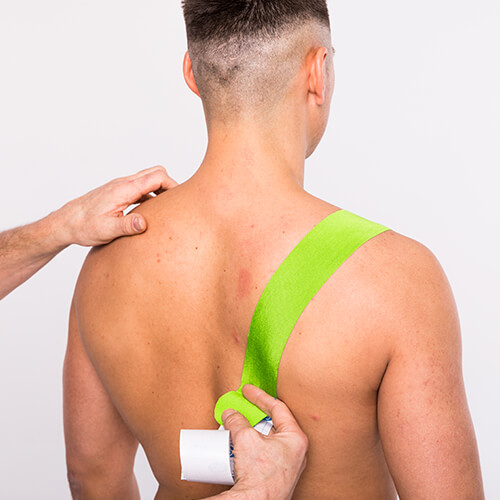
Then apply the tape, using a fascial technique, towards the spinal column. With this tape application, the emphasis is on depression of the shoulder. This means that the tape is applied in a way that pulls the shoulder down towards the spine, using the fascial (connective tissue) technique to provide support and relief.
Step 3
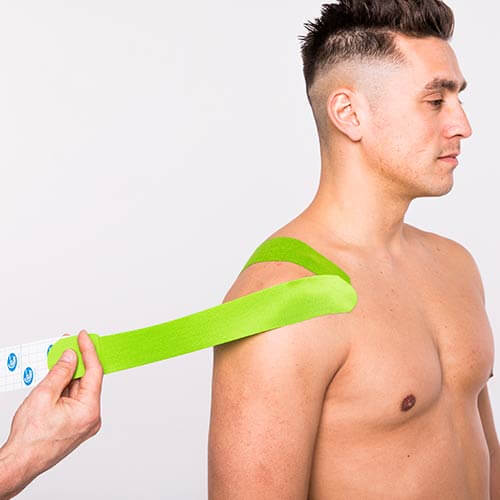
The base of the second tape is also applied without stretching, on the processus coracoideus and follows the spina scapulae towards the spine with a fascia technique. This means that the tape is placed without pulling it tight, starting at the coracoid process and extending towards the spine of the scapula using a technique that emphasizes the fascia (connective tissue).
Step 4
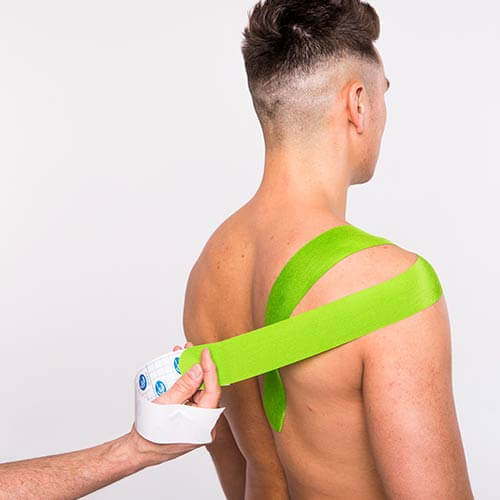
With this tape application, the emphasis lies on the exorotation of the shoulder.

Christina’s advice when taping your shoulder
When taping your shoulder, it’s crucial to choose a tape that provides strong adhesion and support. That’s why I recommend CureTape kinesiology tape. For regular use, CureTape Classic or Art is ideal. However, if you’re engaging in extreme sports or swimming, opt for the extra sticky CureTape Sports variant!
Learn how to tape
- The Ultimate Taping Guide: Focuses on self-taping for the 30 most common injuries where taping provides support.
- Kinesiology Taping Method Manual: Designed for (para medical) professionals, covering basic taping techniques and various pathologies.
- Decompressive Taping Techniques Manual: Specifically focuses on lymphatic taping methods for decompression.
What are you waiting for? Order a copy today!
THYSOL is the manufacturer of the kinesiology tape brand CureTape. As CureTape, we have been training and supplying professionals for 25 years. And consumers now know how to find us too! By manufacturing all our tapes in our own factory, we can guarantee the best quality!
Please note that the indicated tape applications and information on our website about the possibilities with kinesiology tape have not yet been scientifically proven. The statements and examples mentioned are based on long-term experiences of patients and trained therapists.Contraindications not to tape: pregnancy, open wounds, broken bones, unexplained complaints, allergies and skin diseases, use of medication such as blood thinners, thrombosis and fever. Always apply tape in consultation with a specialist.

